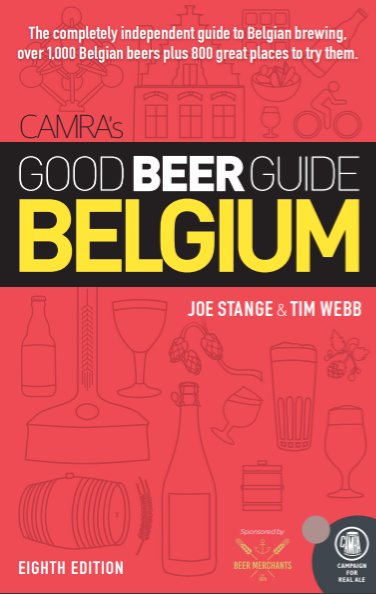The great communal beer-and-cheese experience... OK, I thought about sitting this one out. I mean, come on man, I live in Central America. To vastly understate the problem, Cypress Grove Humboldt Fog is a little hard to come by. In fact the cheese situation is eerily similar to the beer situation: bland and dominated by a national quasi-monopoly.
Fine. So maybe I go with the local stuff, right? Nah. Like the lagers, the local cheeses are generally bland, artificially expensive for what they are, and nothing you'd want to seek out. So scratch the idea of a tasting of tico beers and cheeses. We can do better.
Just like there are a few imported beers available, there are a few imported cheeses. Most of the imports are widely available in the U.S. or Europe, or at least similar to products that are widely available. So what's the use in that, I thought? Actually, there's a lot of use in that. Some semi-hard, mild Dutch goat cheese, some aged Spanish Adarga de Oro, and Roquefort. Also some generic cheddar and Danish blue thrown in for fun. Paulaner Hefeweizen, North Coast Acme Pale Ale, and Guinness Foreign Extra Stout. Not only are they fairly widely available internationally, as far as non-lagers go, but they also happen to be archetypes. So we should be able extrapolate and draw out a tip or two that would be useful to anyone, anywhere a few decent beers and cheeses are available.
Actually, there's a lot of use in that. Some semi-hard, mild Dutch goat cheese, some aged Spanish Adarga de Oro, and Roquefort. Also some generic cheddar and Danish blue thrown in for fun. Paulaner Hefeweizen, North Coast Acme Pale Ale, and Guinness Foreign Extra Stout. Not only are they fairly widely available internationally, as far as non-lagers go, but they also happen to be archetypes. So we should be able extrapolate and draw out a tip or two that would be useful to anyone, anywhere a few decent beers and cheeses are available.
So that's the rationale behind the main players. My wife and I took some time tonight to mix and match. Here's what we learned--most of which we already knew, in retrospect, but the data are no less valuable for having been confirmed:
Hefeweizen is a slut. She'll hook up with any old cheese and be happy doing it. It's odd, because normally you don't even give her a second glance. You see her around and take her for granted. But take her out for a meal and she shines. She smells nice. Appetizing, even. She has a knack for bringing out the fruity acidity in certain cheeses (oops, lost the metaphor), which is a really interesting thing to notice in cheese when you can manage it. She also lacks bitterness, too much of which can frustrate the munch-sip-munch-sip experience.
Unexpected: The Paulaner Hefeweizen even got along well with the mighty Roquefort, thanks to that carbonation that cleans up after the cheese and resets the palate. Meanwhile the smooth saltiness of the cheese does a brief two-step with the sweet clove notes in the beer.
Best pairing: the Hefeweizen with the Adarga de Oro, which has an interesting toasted-crusty-bread quality beneath the milk, salt, nuts and acidity. That bready quality draws out the beer's wheat flavor. Time to remember that it all comes from grasses... Wheat, barley, milk. The Adarga, by the way, is made from a blend of cow, sheep and goat milk. Thanks, Internet!
Sad`news: The Acme Pale Ale, bought from a local upmarket grocery store, is totally oxidized. Past its prime. Such a same. Such a waste. Still goes OK with the generic cheddar, but... sad. Smells like a well-aged barley wine. Except that it isn't one.
Late pinch-hitter: some fresh, homebrewed hoppy extra pale. The citrus aroma and dry finish draws out the Spanish's cheeses fruity acidity. That Adarga is versatile with beer and doesn't put a foot wrong on its own. Hard to stop eating it. Find some if you can.
The bruisers: The blue cheeses with Guinness Foreign Extra... not for the faint of heart. The beer's serious bitterness and the cheeses' stank sets up a challenging perimeter to penetrate. Buried deep in that charred bracken somewhere, the saltiness via contrast draws out that bit of sweetness in the beer. But then the lingering bitterness covers it up again.
I was afraid of this: The Foreign Extra is a manly drink. It's challenging in the way of a cigar or glass of whiskey. It demands charred meat. It has little patience for your metrosexual cheese party. A grilled bacon cheeseburger though? Yes please. Throw the Roquefort on there too. Don't hold back.
Big winners: The Hefeweizen and the Adarga. Together they were far greater than the sum of their parts, but they were also able to lift the other players and make them better.
Conclusion: Hefweizen and anything, but especially Hefeweizen and aged Spanish cheese like Adarga de Oro or Manchego. Give it a try.
You know, I once had a thing for a Spanish exchange student. She fell for a German guy. Go figure. I wonder if they're still together?
Friday, May 6, 2011
Munch. Sip. Munch. Sip. Scribble.
Subscribe to:
Post Comments (Atom)






No comments:
Post a Comment